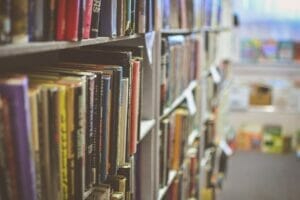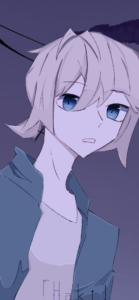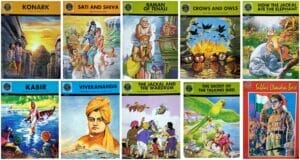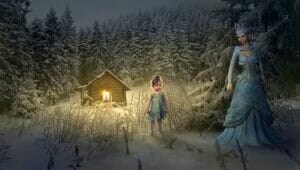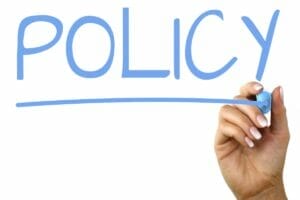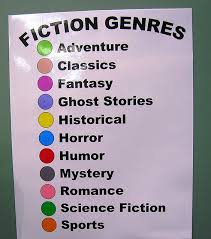The library collection policy for a CBSE school library should be based on the National Curriculum Framework (NCF) and the National Education Policy (NEP). The policy should include the following elements:
- The library should have diverse books, including literature, non-fiction, reference materials, and digital resources.
- The library should prioritize acquiring books that align with the NCF and NEP, focusing on Indian authors and works that promote inclusivity and diversity.
- The library should actively seek out and acquire books representing India’s cultural and linguistic diversity, including regional-language books.
- The library should provide access to various digital resources, including e-books, databases, and online journals.
- The library should review and de-select materials that need to be updated, in better condition, or no longer relevant to the curriculum.
- The library should work closely with teachers and students to ensure the collection meets their needs and supports the school’s curriculum and educational goals.
- The library should have a system to monitor the collection usage and use the data to inform development decisions.
- The library should also have a process for accepting donations and gifts of books and other materials.
- The library should also have a process for interlibrary loans and document delivery to support the research needs of the school community.
Percentages of different genres in the library collection
The percentage of different genres in the library collection can vary depending on the specific needs and interests of the school community.
However, as a general guideline, a balanced collection should include a mix of the following genres:
- Literature: This can include fiction, poetry, and drama from various cultures and time periods. The percentage of literature in the collection could be around 25-30%.
- Non-fiction: This can include books on subjects such as science, history, and social studies. The percentage of non-fiction in the collection could be around 30-35%. (However, this is being reduced due to the use of information online)
- Reference materials: This can include dictionaries, encyclopedias, and other resources students can use for research and study. The percentage of reference materials in the collection could be around 10-15%. (This is also being reduced due to databases and online encyclopedias)
- Digital resources: This can include e-books, databases, and online journals. The percentage of digital resources in the collection could be around 10-15%. (The increase is directly proportional to the number of devices students and faculty are using in schools)
- Multilingual collection: The collection should represent India’s linguistic and cultural diversity, including books in regional languages. The percentage of multilingual collections in the library could be around 10-15%. A general guideline, a balanced collection should include a mix of books in different languages, including regional languages, to represent the linguistic and cultural diversity of India.
It’s important to note that this is just a general guideline, and the actual percentage of each genre in the collection may vary depending on the specific needs and interests of the school community.
I have not conducted a personal audit, but based on the National Curriculum Framework (NCF) and the National Education Policy (NEP), you can use them as a reference.
Difference between the library collection for a CBSE school and an International school library
The library collections of a CBSE school and an international school library have many similarities, but there are also some key differences.
- One of the main differences is that a CBSE school library is expected to align its collection with the National Curriculum Framework (NCF) and the National Education Policy (NEP) of India, which prioritize Indian authors and works that promote inclusivity and diversity. An international school library, on the other hand, aligns its collection with its specific curriculum, whether it is IGSC or any other.
- Another difference is that a CBSE school library is expected to have a significant percentage of its collection in regional languages, reflecting India’s linguistic and cultural diversity. On the other hand, an international school library may have a more diverse collection of books in different languages, including English, as well as books in other languages spoken by its student population, which may be French, Chinese, Japanese or Spanish.
Additionally, an international school library may have more resources to support students learning English as a second language, such as ESL materials and language learning software.
Similarities between CBSE and International School Curriculum:
- Both libraries should have a diverse collection of books, including literature, non-fiction, reference materials, and digital resources.
- Both should also prioritize the acquisition of books that align with the school’s curriculum and educational goals and actively seek out and acquire books that represent the cultural and linguistic diversity of the school community.
- Both should have a system in place to monitor usage of the collection and use the data to inform collection development decisions.
It’s important to note that the specific collection of a CBSE or an International school library may vary depending on the school community and the region.
Library Collection policy for an IB school
The International Baccalaureate (IB) organization oversees the IB Diploma Program and provides guidelines for the development and management of school libraries but does not have a specific library collection policy. However, IB schools are expected to have a library collection that supports the school’s educational goals and mission and aligns with the IB’s philosophy of international-mindedness and intercultural understanding.
A library collection at an IB school should:
- Be inclusive and diverse: The collection should reflect the cultural and linguistic diversity of the school community and the world and include books by authors from different cultures and backgrounds.
- Support the curriculum: The collection should include resources that support the school’s academic programs, including the IB Diploma Program, and provide students with the information and skills they need to succeed in their studies.
- Encourage reading for pleasure: The collection should include a variety of fiction and non-fiction books to encourage students to read for pleasure and develop a love of reading.
- Be up-to-date and relevant: The collection should be regularly reviewed and updated to include current and relevant information and resources.
- Provide access to digital resources: The collection should include access to digital resources, such as e-books, databases, and online journals, to support research and study.
- Reflect the language profile of the school: The collection should be available in the languages spoken by the students and in English.
- IB schools should also have a system to monitor the collection usage and use the data to inform collection development decisions.
The library staff should actively seek out and acquire books that align with the school’s curriculum and educational goals and represent the cultural and linguistic diversity of the school community.
It is important to note that these are just general guidelines. The most important role of the librarian is to provide the resources to match the curriculum and the specific needs and interests of the school community.
